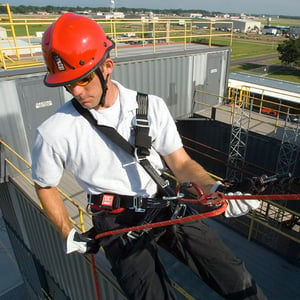 For our readers who may use Petzl GriGri 2’s, we wanted to make you aware of this recall. Please check the serial number of your device to see if it’s in this range. You will also need to contact Petzl as indicated below. As noted, this does not apply to the previous generation GriGri.
For our readers who may use Petzl GriGri 2’s, we wanted to make you aware of this recall. Please check the serial number of your device to see if it’s in this range. You will also need to contact Petzl as indicated below. As noted, this does not apply to the previous generation GriGri.
NOTICE FROM PETZL
As a measure of precaution Petzl has decided to take the following actions:
If you have a GRIGRI 2 (D14 2O, D14 2G, D14 2B) with the first five digits of the serial number between 10326 and 11136, stop use immediately and contact Petzl America to initiate an exchange.
Contact Petzl America in one of two ways:
- By phone: 1 (800) 932-2978 (toll free)
- By email: grigri2recall@petzl.com



 We get many calls asking about the “life expectancy” of rope, harnesses and other nylon products. Of course, there are many factors involved and no one “set in stone” answer, but a lot depends on how much you use your harness and the ways you use it. Even where you store your gear is a factor.
We get many calls asking about the “life expectancy” of rope, harnesses and other nylon products. Of course, there are many factors involved and no one “set in stone” answer, but a lot depends on how much you use your harness and the ways you use it. Even where you store your gear is a factor. 




